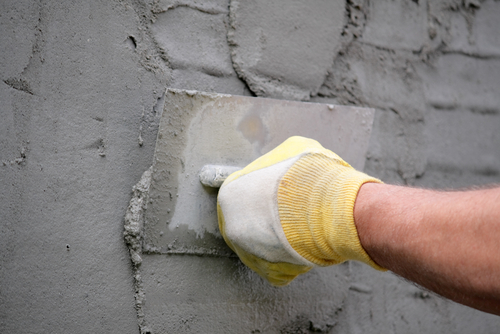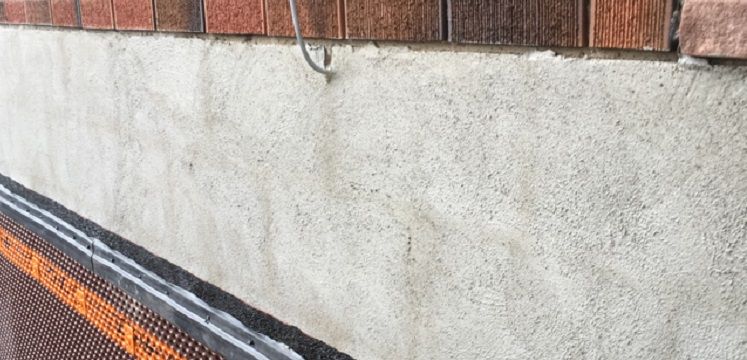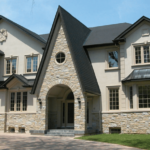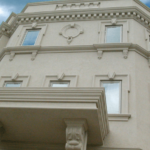April 4, 2024 / By alasyaconstruction
Parging offers a versatile solution for addressing surface imperfections on your walls or achieving a smoother, more polished appearance. Not only does it conceal flaws, but it also has the added benefit of strengthening your walls by applying a durable layer of mortar. Additionally, parging serves as a protective barrier against harsh weather conditions by effectively sealing and waterproofing your building.
Despite its benefits, there are instances where parging may fail to deliver the desired results, despite the investment of resources, time, and effort. This underscores the importance of entrusting the task to a professional stucco company. With their expertise, you can ensure that the delicate process of parging is executed flawlessly, maximizing its longevity and effectiveness.
When performed correctly, parging can endure for up to thirty years with minimal maintenance required, typically limited to occasional touch-ups. This longevity underscores its value as a durable and reliable solution for enhancing the appearance and durability of your walls.

Below, we explore five primary reasons why Parging may be compromised:
1. Inadequate Preparation:
This encompasses both insufficient preparation of the parging mixture and inadequate surface preparation. Before application, thorough cleaning of walls is imperative to remove dirt and debris. Removal of coatings such as paint ensures a smooth surface. Additionally, moistening the surface before application and periodically during curing prevents premature drying of the mixture, promoting proper adhesion.
2. Material Selection:
Ensuring the appropriate materials are utilized for parging is crucial. This involves using high-quality sand, Portland cement, and suitable lath materials. Proper material selection guarantees a robust lining that withstands the test of time.
3. Expired Parge/Mortar:
Parge or mortar is most effective within a limited timeframe post-preparation. Failure to utilize it promptly can result in issues as the mortar tends to dry rapidly. It’s essential to apply the ready mortar within the specified window, typically within twenty minutes, to avoid complications.
4. Weather Conditions:
Extreme weather conditions can significantly impact the parging process. Cold weather may lead to excessive water absorption, causing cracks, while hot weather can hinder the curing process, compromising bonding. Maintaining temperatures around 5°C during application and curing is crucial to mitigate adverse effects.
5. Mixing:
Several factors influence the mortar mixing process, including water-to-material ratio, sand quantity, chemical additives, and air content. Each component must be meticulously measured to achieve the desired consistency. Inadequate sand can lead to poor adhesion, while excessive amounts result in weak and brittle mixtures. Regular testing using a trowel helps ensure the mixture attains the desired plastic consistency, akin to mud. Incorporating air entrainers aids in relieving pressure caused by freezing temperatures, allowing the concrete to withstand freezing without damage.
Parging entails intricate processes that require precision, particularly during mixing and surface preparation stages. Consulting with experienced professionals, such as those at Alasya Construction, is advisable to ensure optimal results. Their expertise extends beyond mere beautification, encompassing demolition, repair, color and design upgrades, and shrinkage remediation for enhanced structural integrity and aesthetics.





